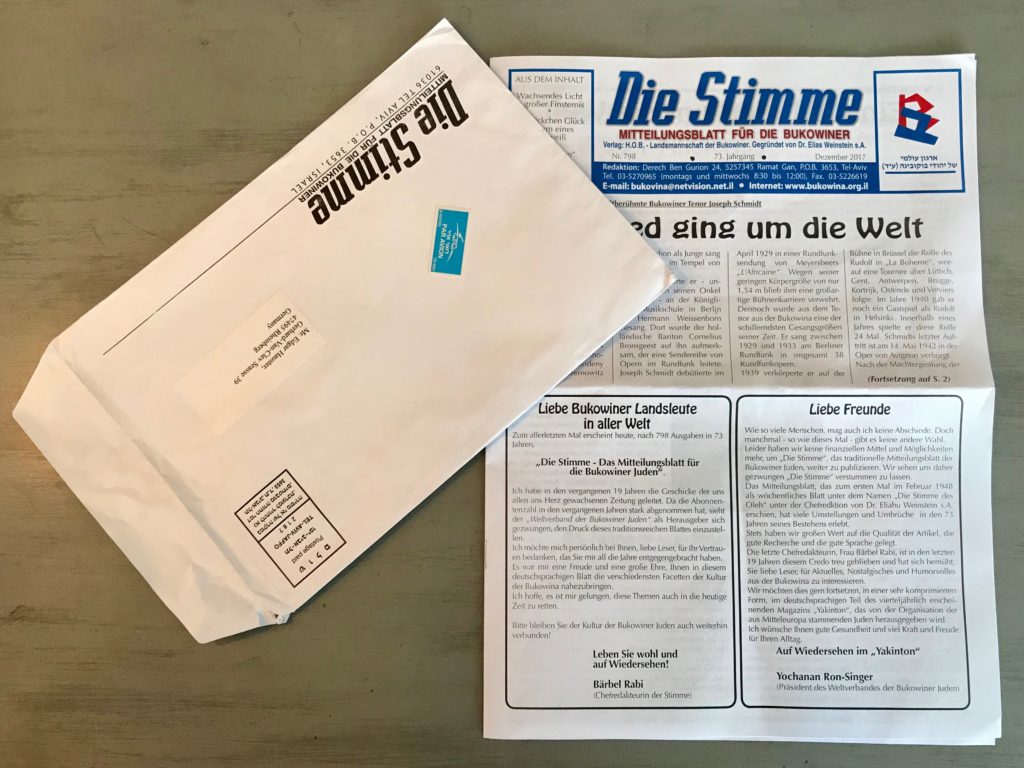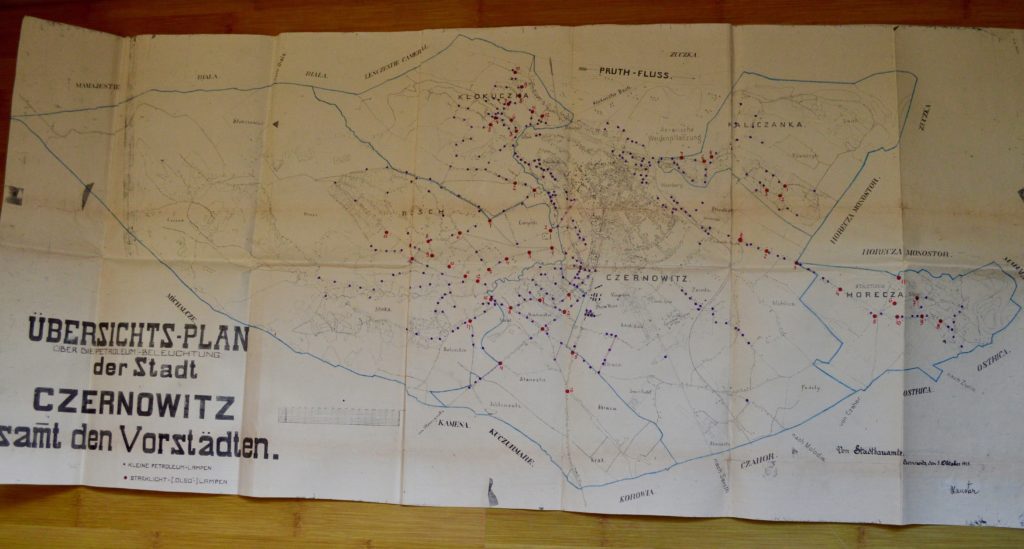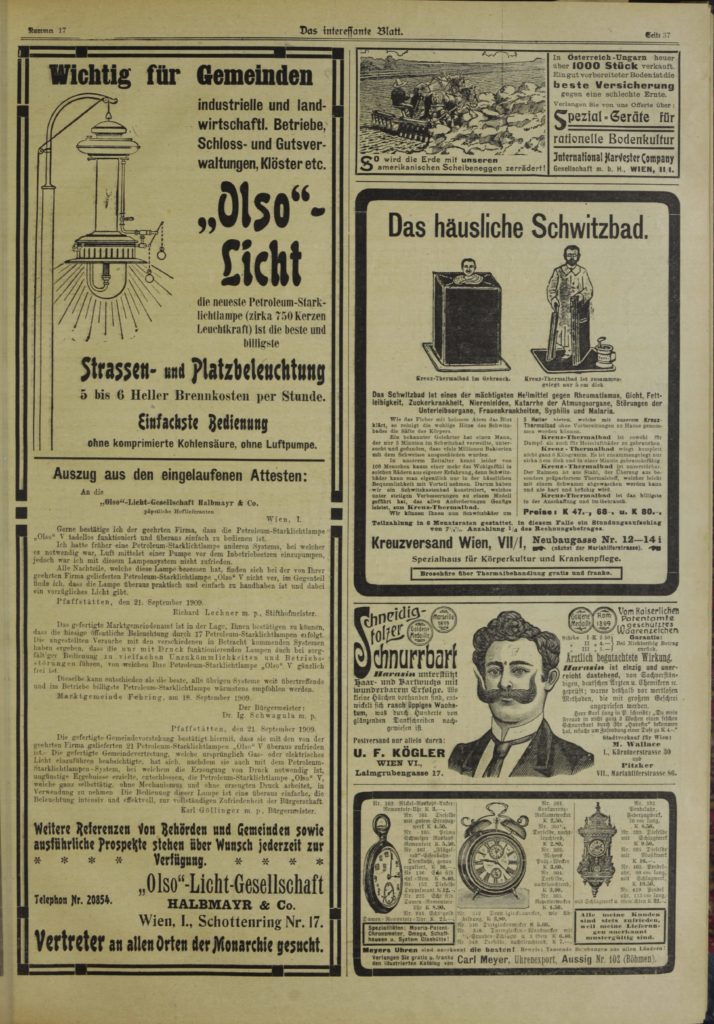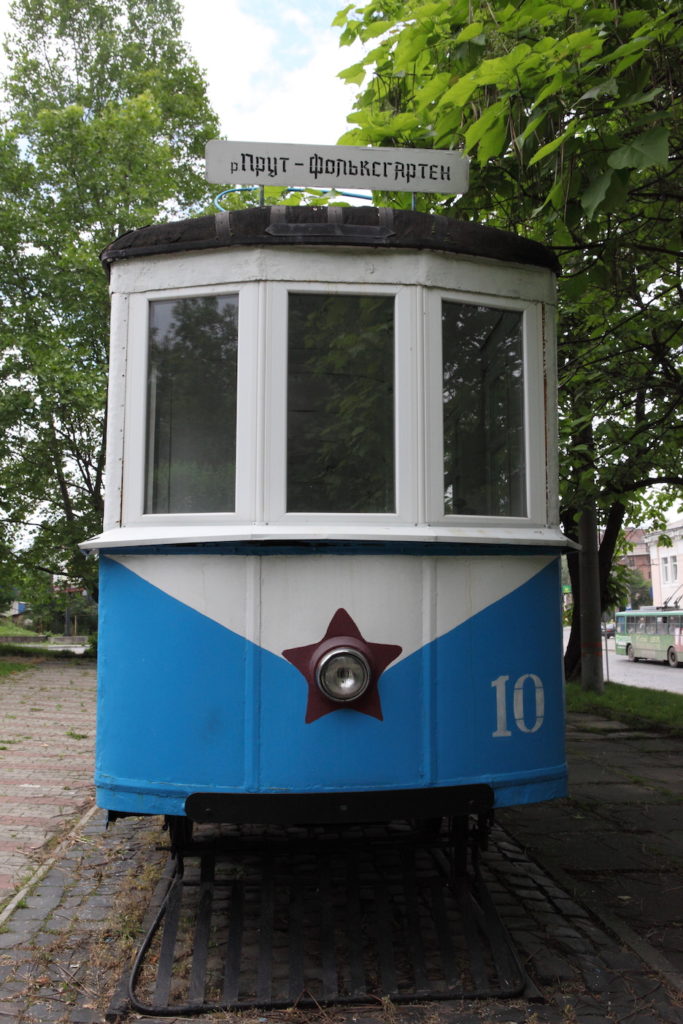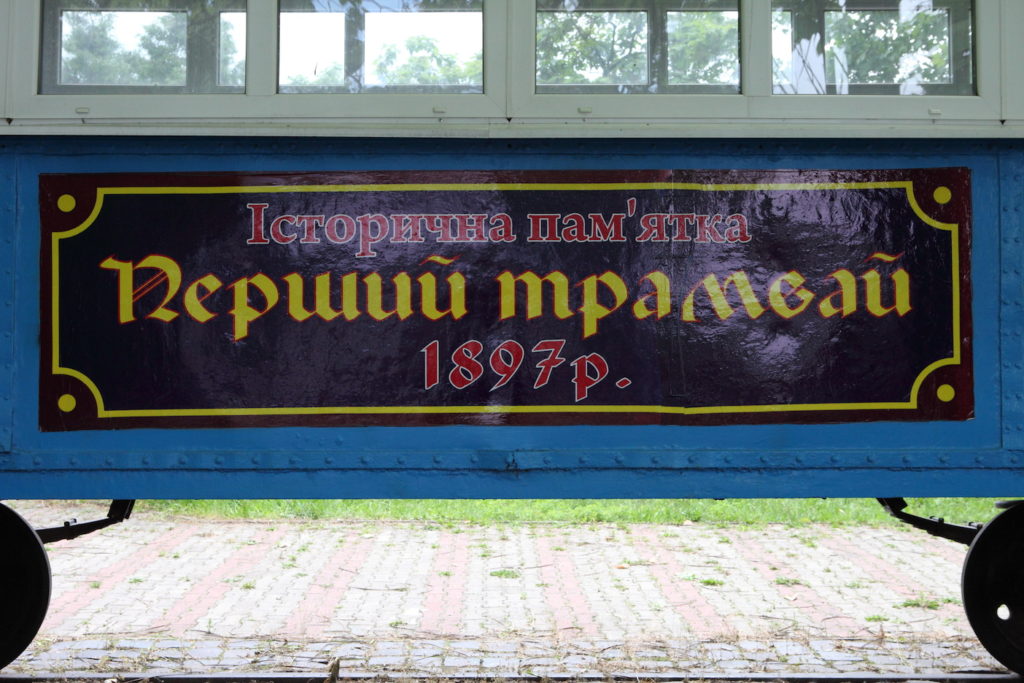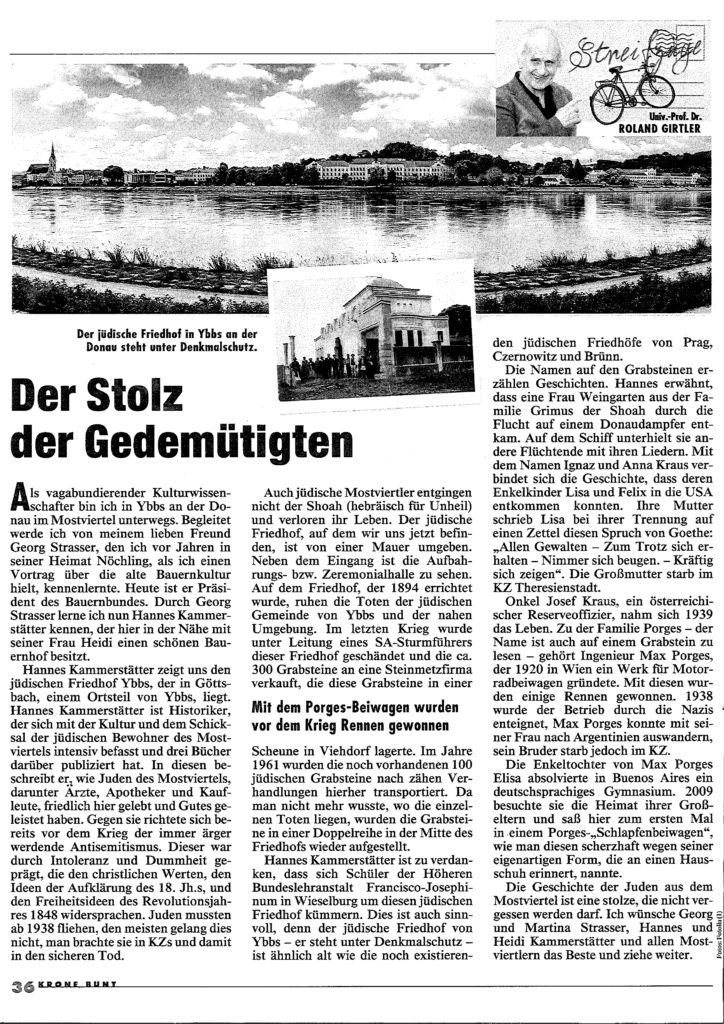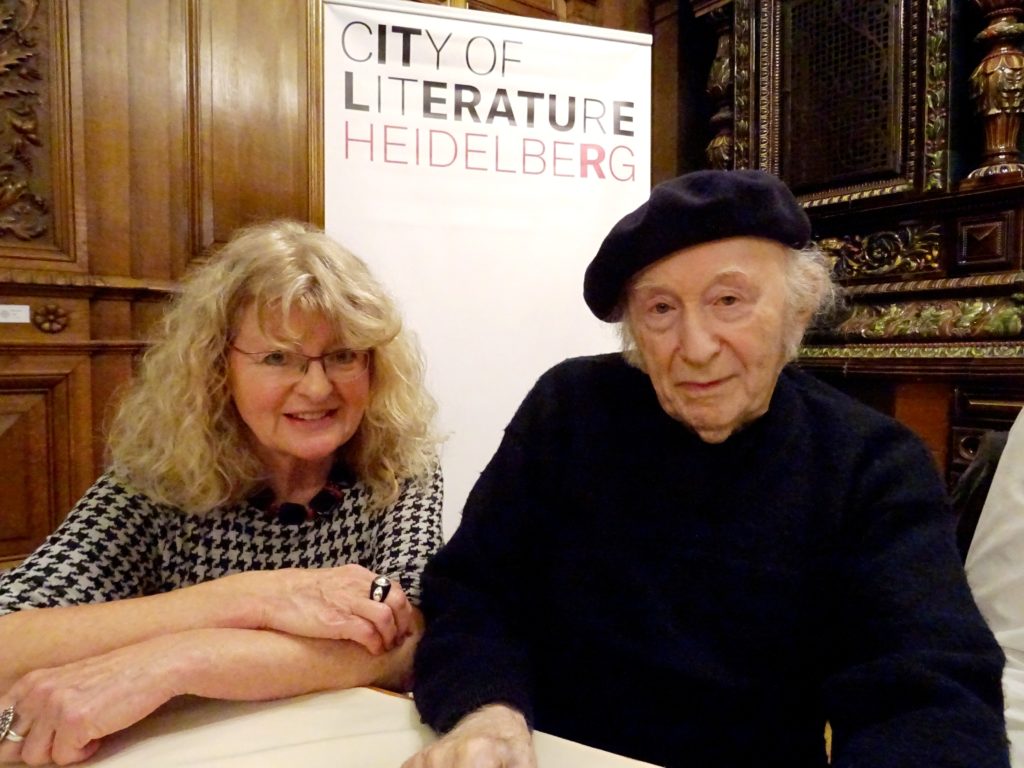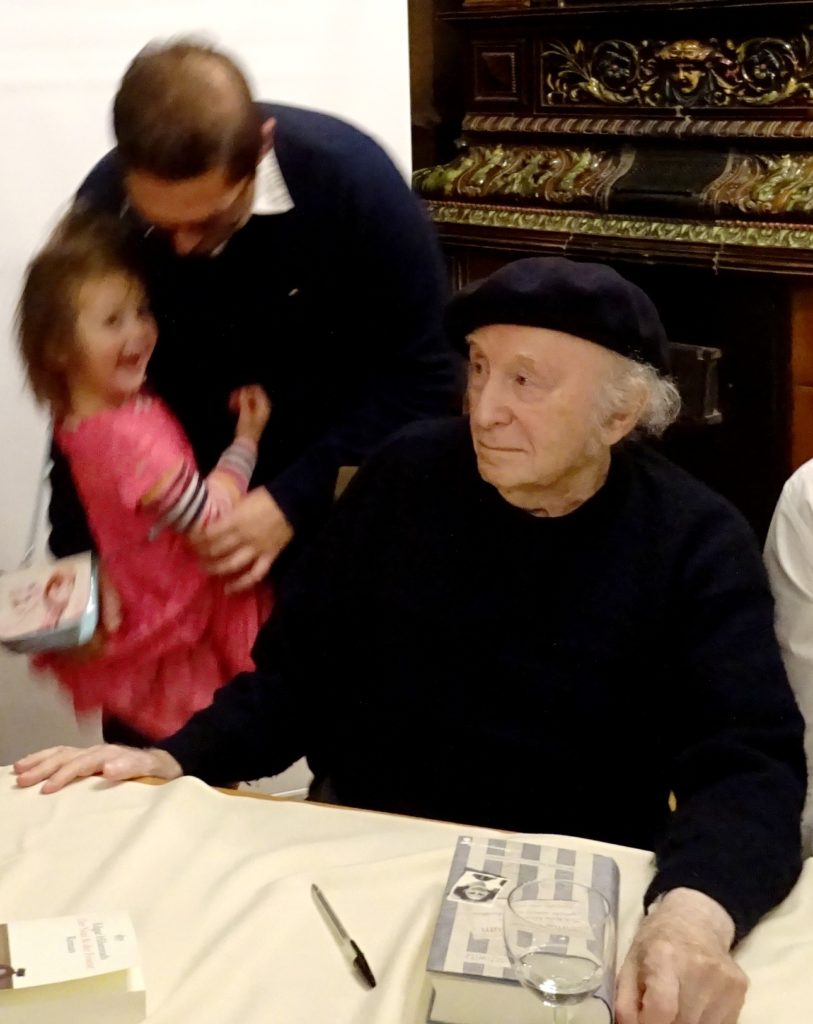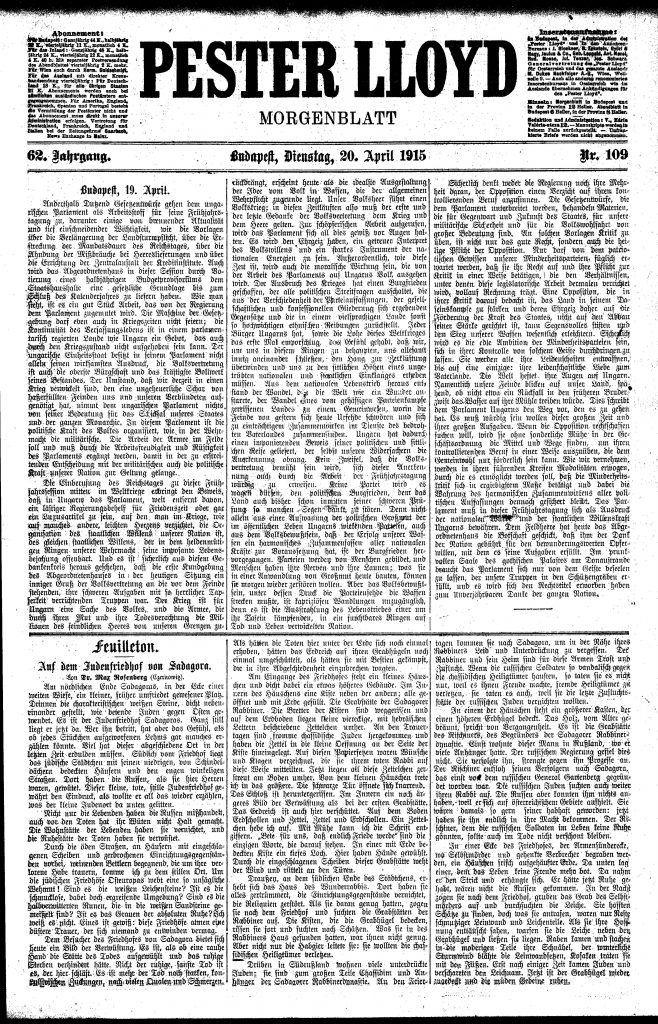Spanish flu or Influenza?
The mysterious disease with its many names is on everyone’s lips, or better, in everyone’s – noses, because it is probably only about influenza and sniffles, as is only too understandable in this strange summer. Admittedly, one can almost speak of an epidemic, if not in Czernowitz, where influenza is circulating too, but in many other cities: in Vienna it is on the rise, and there are also reports from Germany, namely Berlin, Munich, Dresden, Mannheim and Karlsruhe, of an increase in “Spanish flu”. The epidemic, whose name and origin has not been properly identified, seems to have originated in Spain and from there it has spread to the whole of Europe. No matter how the disease is called, whether it is flu or influenza or a “Spanish disease”, there is no reason for concern. You can call it annoying, but it is not dangerous. Probably the bacillus that causes so much turmoil all over the world is an old acquaintance, the influenza bacillus, and one may, without fear, if it applies, answer the question “Have you got it yet?” by a liberating Achoo!
[Spanische Grippe oder Influenza?
Die rätselhafte Krankheit mit den vielen Namen ist in aller Munde, oder bessergesagt, in aller – Nasen, denn es handelt sich wohl nur um Influenza und Schnupfen, wie dies bei dem merkwürdigen aller Sommer nur zu begreiflich ist. Freilich kann man beinahe von einer Epidemie sprechen, wenn auch nicht in Czernowitz, wo allerdings auch die Influenza umgeht, so doch in vielen anderen Städten: in Wien nimmt sie an Umfang zu und auch aus Deutschland, namentlich Berlin, München, Dresden, Mannheim, Karlsruhe wird von der Zunahme der „spanischen Grippe“ berichtet. Die Epidemie, deren Name und Ursprung nicht einwandfrei festgestellt ist, scheint ihren Ursprung in Spanien und von dort den Weg nach ganz Europa genommen zu haben. Wie die Krankheit nun heißt, ob es eine Grippe oder Influenza oder eine „spanische Krankheit“ ist, Grund zu Besorgnissen ist jedenfalls nicht vorhanden. Mann kann sie lästig nennen, aber gefährlich ist sie nicht. Wahrscheinlich ist der Bazillus, der die Welt in so viel Aufruhr versetzt, ein alter Bekannter, der Influenzabazillus, und man darf, ohne Angst, wenn’s zutrifft, die Frage „Haben Sie sie schon?“ mit einem befreienden Haptschüh! beantworten.]


